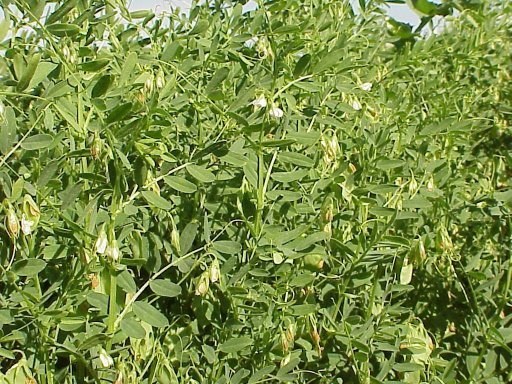The cultivation of lentil under natural conditions
Lentil is an annual plant with an extensive root system and height of the stem 15-75 cm Fruit lentils represent rounded flat beans, reaching a size of 2 cm
Depending on climatic conditions, plant variety and type of soil during vegetation period lasts for 2,5-4 months. Seeds are sown at a depth of 5-6 cm with a distance of 10-15 cm between rows. The first shoots appear after 2 weeks after sowing.
The optimum temperature for germination of seeds of spring lentils is considered +to + 4oC. The seedlings are sufficiently robust and not afraid of a short frost. The growth of lentils, the time of flowering is slow.
After 1.5 months after germination, the first seedling starts flowering time, which leads to fast growth of plants and the appearance of numerous branches. The formation of Bush beans and best of all takes place at a temperature of 18-22oC. Culture is self-pollinating.
The plant is resistant to drought, however, love a good moist loamy or sandy soil. Acidic and heavy soil does not allow to obtain a good harvest. Ripening occurs at different times.
The harvest makes it difficult to low the location of the Mature beans. The first step is to remove the lower fruit, then located in the middle tier. Finish the harvest, picking beans from the top of the plants. We can not allow permut, as in this case, the seeds are poured from the cracked fruit.
Care for lentils
Professionals who know how to grow lentils, warn truckers about the undesirable use of manure for fertilising the lentils. In this case, there is a rapid growth of green mass, which will negatively affect the bean harvest.
As top dressing are recommended granular superphosphate, which is applied to the soil at sowing, potash or phosphate fertilizers, which use a spring or fall by digging.
Basic care for lentils is the weeding, and the prevention of infection by pests and diseases, such as lentil weevil, meadow moth, scoop-gamma, Fusarium blight, rust, Anthracnose. It is worth noting that among all legumes, lentils are the most resistant to disease.
When infected by the fungus Ascochyta fungicides are used. Anthracnose can be eliminated by the use of every 4th year rotation. Gray mold is eradicated pretty hard, so planting should use varieties that are immune to the disease.
